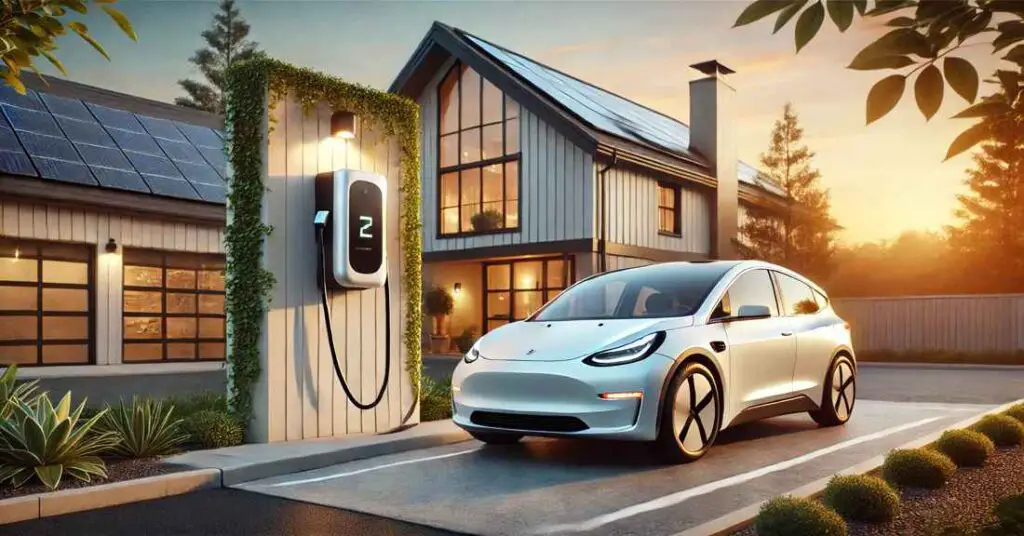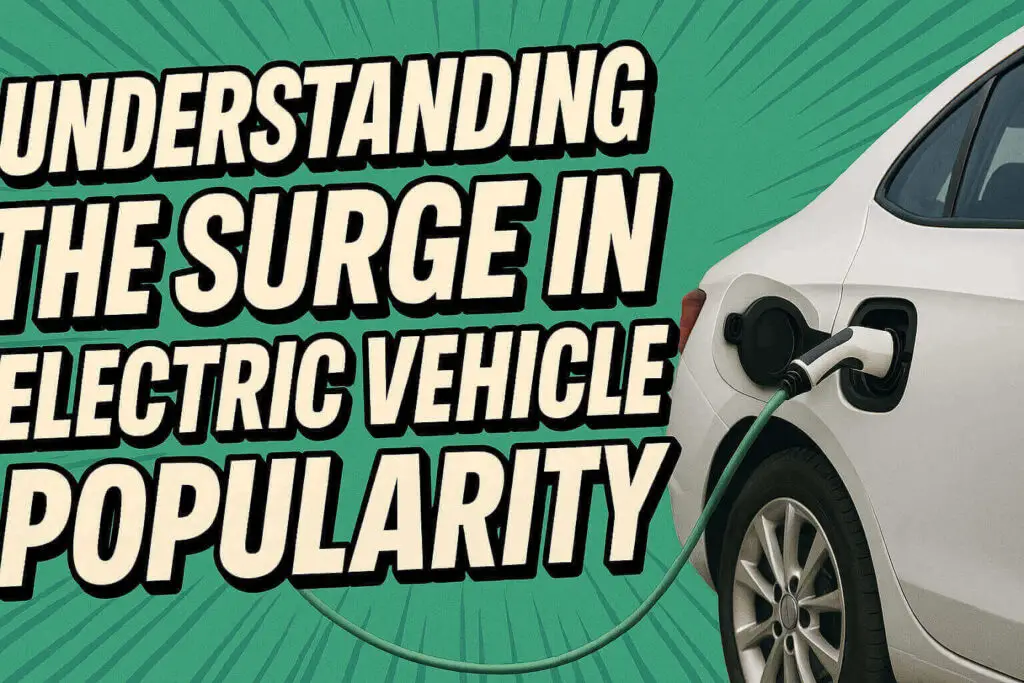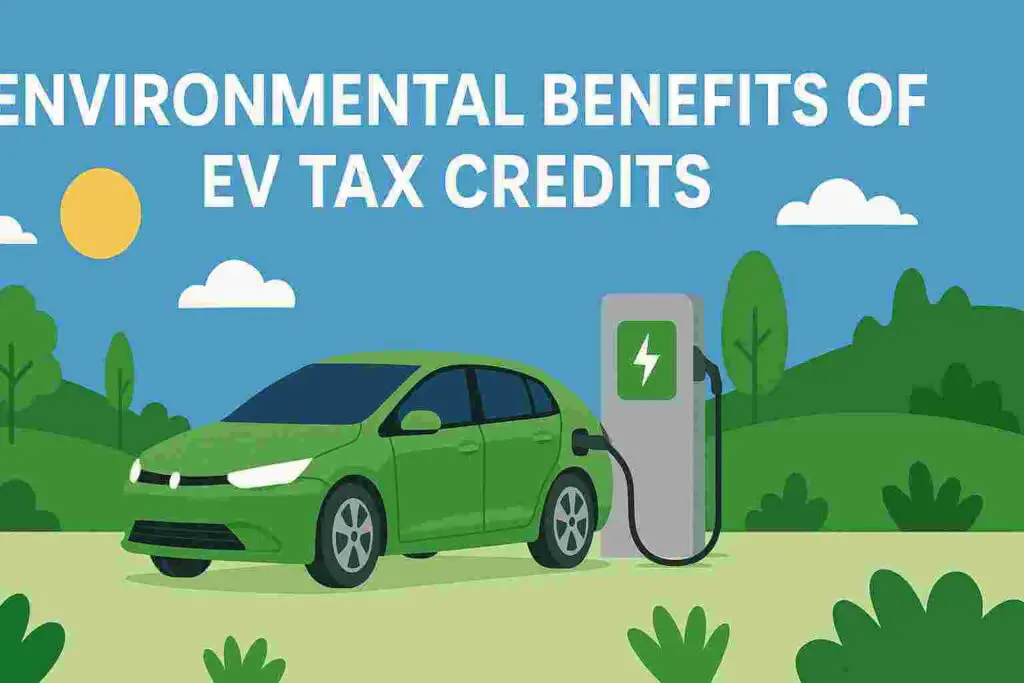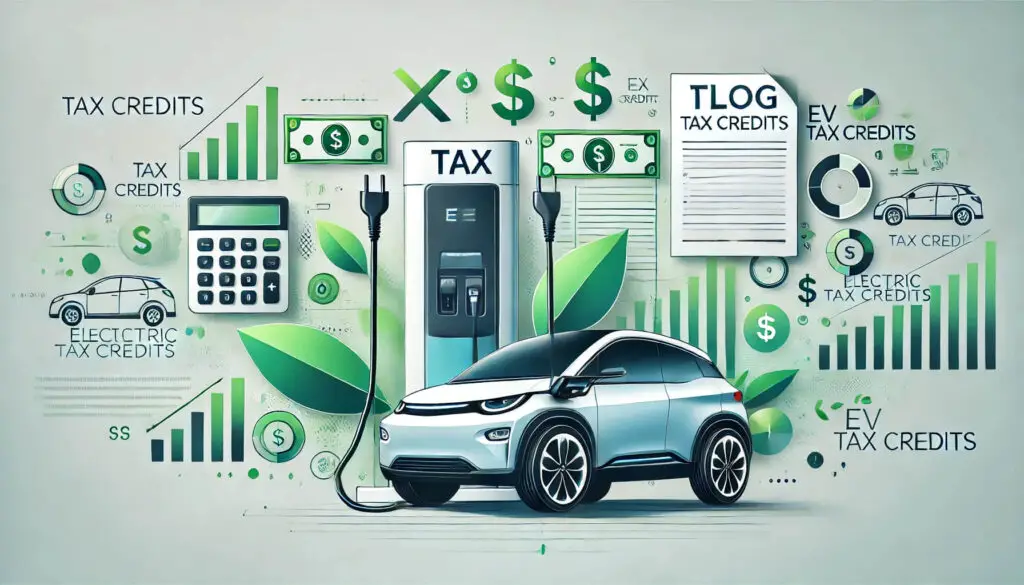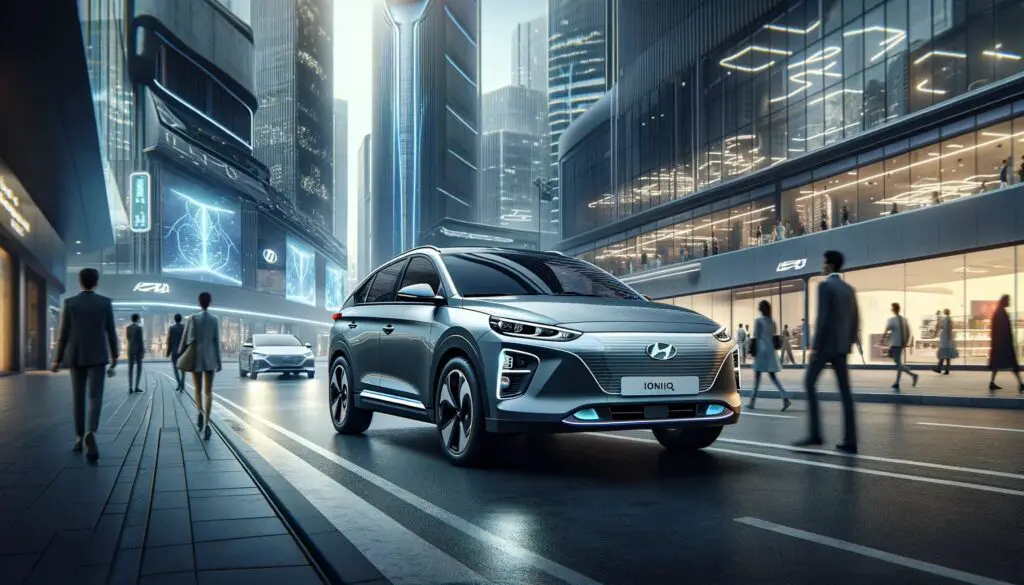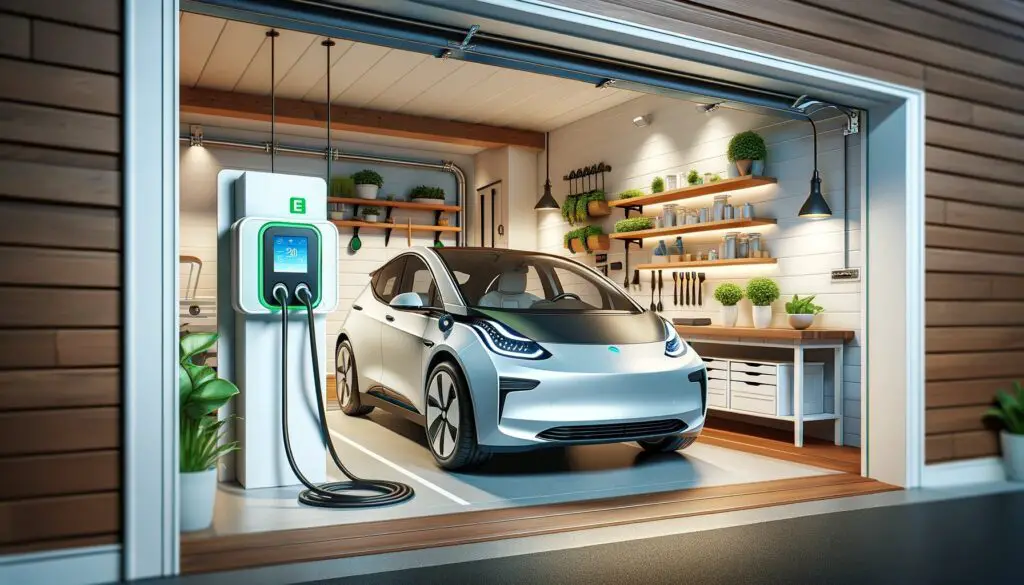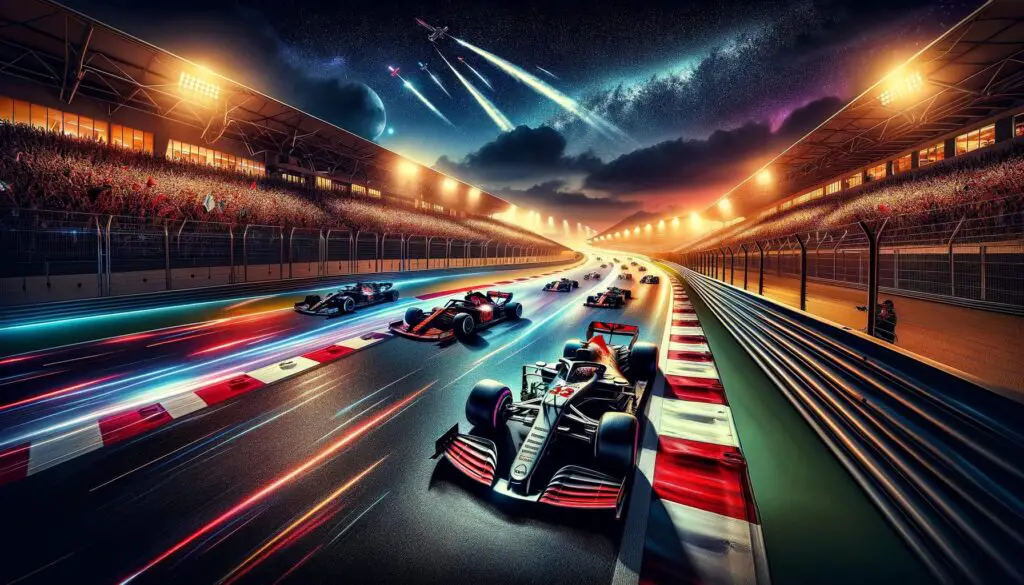As electric vehicles (EVs) and clean technologies become more central to transportation policy, the U.S. federal government offers tax incentives to encourage adoption. One of the most important is the New Clean Vehicle Credit (sometimes called the “clean vehicle tax credit” or “EV tax credit”) under Section 30D.
In this guide, you’ll learn:
-
What the New Clean Vehicle Credit is
-
How much the credit can be
-
Eligibility criteria (vehicle, assembly, income, etc.)
-
How to claim it (or transfer it)
-
Key deadlines and changes (especially 2025)
-
Pros, limitations, and things to watch
What Is the New Clean Vehicle Credit?
The New Clean Vehicle Credit is a federal tax incentive aimed at reducing the cost of new plug-in electric vehicles (EVs) and fuel cell electric vehicles (FCVs). It’s meant to encourage cleaner transportation and lower greenhouse gas emissions. IRS+2The Department of Energy’s Energy.gov+2
Important updates (post-2023 / under recent law):
-
Vehicles must be placed in service by September 30, 2025, to qualify. IRS+2TurboTax+2
-
Dealers must register with IRS and report vehicle qualification to allow credit or transfer. Alternative Fuels Data Center+2IRS+2
-
Since 2024, buyers may transfer the credit to the dealer so that the discount is applied at point-of-sale (rather than waiting to claim on tax return). IRS+3Alternative Fuels Data Center+3TurboTax+3
However, changes in 2025 law (the “One Big Beautiful Bill”) may affect the future of this credit. H&R Block Tax preparation company+2Wikipedia+2
How Big Is the Credit?
The maximum credit for a new clean vehicle can be up to $7,500. H&R Block Tax preparation company+3IRS+3The Department of Energy’s Energy.gov+3
However, the credit is now split into components:
| Credit Component | What It Requires | Max Value |
|---|---|---|
| Battery components requirement | A set percentage of battery components must be made or assembled in the U.S. or a U.S. trade partner | Up to $3,750 (if met) IRS+2TurboTax+2 |
| Critical minerals requirement | A certain portion of battery minerals must be extracted or processed in qualifying locations | Up to $3,750 (if met) IRS+2TurboTax+2 |
If a vehicle meets both requirements, you can qualify for the full $7,500 credit. If only one is met, you may qualify for a partial credit (e.g. $3,750). IRS+3IRS+3TurboTax+3
There are also price caps:
-
SUVs, vans, and pickup trucks must have MSRP ≤ $80,000 IRS+3IRS+3The Department of Energy’s Energy.gov+3
-
Other passenger vehicles must have MSRP ≤ $55,000
Eligibility / Requirements
To qualify for the New Clean Vehicle Credit, both the buyer and the vehicle must meet several requirements.
Vehicle Requirements
-
Must be a new (not used) plug-in electric vehicle or fuel cell vehicle.
-
Must have final assembly in North America.
-
Must meet battery / component / mineral sourcing requirements described above.
-
VIN and manufacturer must certify eligibility; dealer must report to IRS.
Buyer / Taxpayer Requirements
-
You must use the vehicle primarily in the U.S.
-
The credit is nonrefundable — you can reduce your tax liability but won’t receive excess credit as a refund.
-
Income Limits (modified adjusted gross income, MAGI):
-
Single / separate filers: $150,000
-
Head of household: $225,000
-
Married filing jointly: $300,000
-
-
The credit can be transferred to dealers (so buyer gets discount upfront) under new rules. Alternative Fuels Data Center+2TurboTax+2
How to Claim / Use the Credit
Option 1: Claim on Your Tax Return
-
When you file your federal income taxes for the year you take delivery (vehicle is “placed in service”), you use Form 8936. TurboTax+3IRS+3IRS+3
-
You need documentation: VIN, seller’s info, battery capacity, certification of eligibility. IRS+2TurboTax+2
-
If your tax liability is less than the credit, you lose the unused portion (nonrefundable). IRS+1
Option 2: Transfer the Credit to Dealer (Point-of-Sale Discount)
-
Starting in 2024, buyers can elect to transfer the tax credit to the dealer as a discount at purchase, instead of waiting for tax return. IRS+3Alternative Fuels Data Center+3TurboTax+3
-
Dealer must register with IRS, submit info electronically (via IRS Energy Credits Online) to verify eligibility. Alternative Fuels Data Center+2IRS+2
-
If dealer does not participate / report, buyer may not be able to claim the credit or transfer it. IRS+2IRS+2
Deadlines & Expiration
-
The credit is available only for vehicles acquired (contracted or paid) by September 30, 2025, and the vehicle must be placed in service by that date. IRS+2IRS+2
-
After September 30, 2025, new clean vehicle credit will no longer be available (according to current law). The Department of Energy’s Energy.gov+3IRS+3TurboTax+3
-
Some “loopholes” allow a binding contract + payment by deadline even if delivery happens later. (IRS guidance) Car and Driver
Advantages & Limitations
Advantages
-
Makes EVs more affordable: Up to $7,500 off reduces upfront cost.
-
Point-of-sale discount option improves cashflow (you get it immediately).
-
Encourages U.S. manufacturing: The rules push battery, mineral sourcing and final assembly to North America.
-
Stimulates adoption: Helps more buyers afford clean vehicles.
Limitations & Risks
-
Many EVs or models may not meet battery/mineral/assembly requirements to qualify.
-
Income limits exclude higher earners.
-
Price caps limit eligibility (especially for luxury EVs).
-
Dealer cooperation is essential; not all dealers may register or apply the credit.
-
The credit expires in 2025 under current law.
-
Changing legislation might eliminate or shrink benefits unexpectedly.
-
The credit is nonrefundable, so those with low tax liabilities may not fully benefit.
What the 2025 Changes (One Big Beautiful Bill & Proposed Adjustments) Mean
-
The “One Big Beautiful Bill” (passed in 2025) includes phasing out or removing some clean energy tax credits. Wikipedia+1
-
The New Clean Vehicle Credit is only valid through September 30, 2025 under current law. IRS+2TurboTax+2
-
There are proposals in Congress to end the $7,500 EV tax credit earlier or limit leased vehicles that don’t meet stringent content rules. Reuters
-
IRS guidance suggests a contract + payment loophole: if a buyer enters into a binding contract and pays by Sept 30, 2025, they might claim the credit even if vehicle delivery occurs later. Car and Driver
So, buyers in 2025 should move quickly to latch onto the credit while it’s still in force.
Example Scenarios
Scenario A (Qualifies):
You are married filing jointly, MAGI = $200,000. You buy a new EV (MSRP $70,000) that meets battery & critical mineral requirements, and you take delivery in August 2025. You may claim the full $7,500 credit (or transfer to dealer) assuming all reporting requirements are met.
Scenario B (Doesn’t Qualify):
You are single with MAGI = $160,000. You buy an EV with MSRP exceeding $80,000. You likely don’t qualify due to income limit and price cap.
Scenario C (Partial Credit):
Your vehicle meets battery component requirements but not the minerals requirement. You may qualify for a partial credit (for example $3,750).
Tips & Best Practices
-
Check if your desired EV model qualifies by looking up certifications or IRS/FuelEconomy.gov lists.
-
Confirm dealer registration & reporting; ask for documentation or time-of-sale VIN report.
-
Consider transferring the credit to the dealer if cash flow is tight.
-
Finalize purchase contract and initial payment before September 30, 2025, to preserve the credit.
-
Be mindful of future legislative changes — the credit’s long-term path is uncertain.
-
If income is near thresholds, use MAGI from either delivery year or prior year (whichever is lower) to qualify. IRS+1
Frequently Asked Questions
Q: Is the credit valid for used EVs?
Yes — there is a Previously-Owned Clean Vehicle Credit (up to $4,000), but it has its own rules and also expires Sept 30, 2025. IRS+2TurboTax+2
Q: Can leasing an EV qualify for this credit?
While individuals leasing can’t directly claim the credit, dealers may claim a related commercial clean vehicle credit and may pass on savings via lower lease payments. The Department of Energy’s Energy.gov+3NerdWallet+3TurboTax+3
Q: What happens after Sept 30, 2025?
Under current law, the New Clean Vehicle Credit ends after that date — no credits for vehicles delivered or contracted after. IRS+2TurboTax+2
Q: Can I still order a vehicle now and get delivery later but claim the credit?
Possibly — if you have a binding contract and make payment by September 30, 2025, IRS guidance suggests you may still claim the credit even if delivery happens later. Car and Driver
Conclusion
The New Clean Vehicle Credit remains one of the most powerful incentives available in 2025 for buyers of new electric or fuel cell vehicles. However, it comes with complex eligibility rules, deadlines, and requirements. Buyers should move quickly, confirm eligibility, and document everything to maximize benefit.



